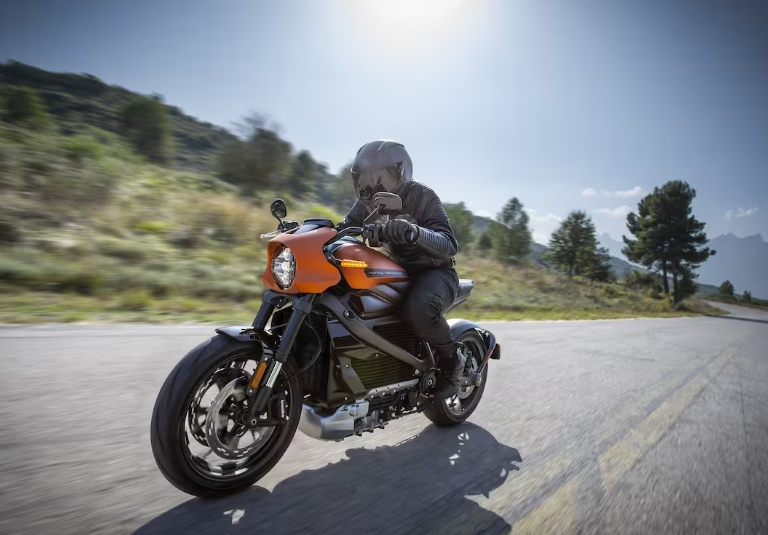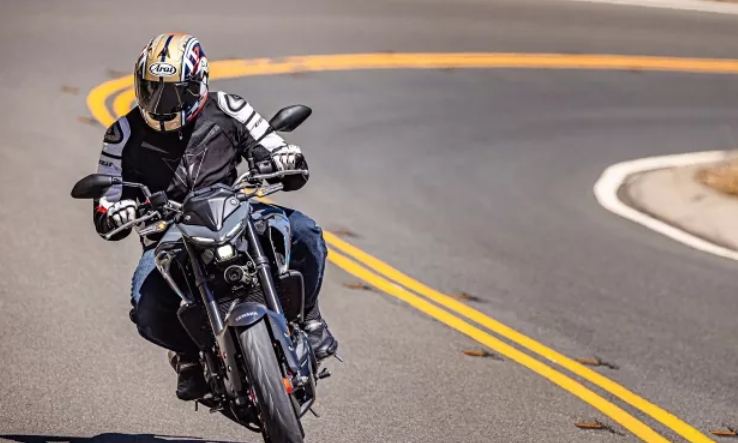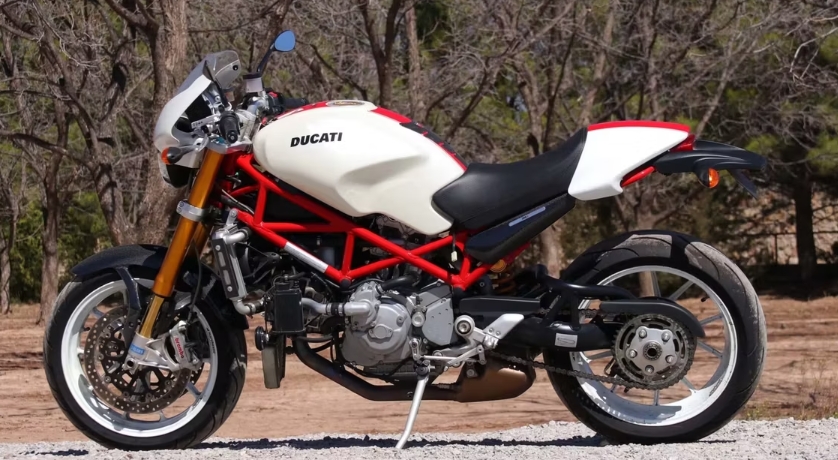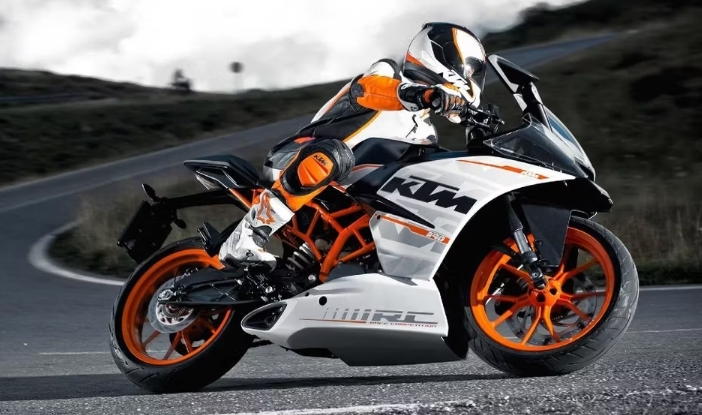The use of electric power in new cars has been widely adopted and it’s expected that combustion engines will become obsolete in the near future. However, it remains to be seen when electric motorcycles will finally become mainstream.
Switzerland has the highest per capita density of motorcycles in Europe. According to the Swiss Agency for Motorcycles and Scooters (SFMR), over half a million motorcycles were registered in 2022, along with a quarter of a million scooters and mopeds. However, the majority of them are still powered by combustion engines.
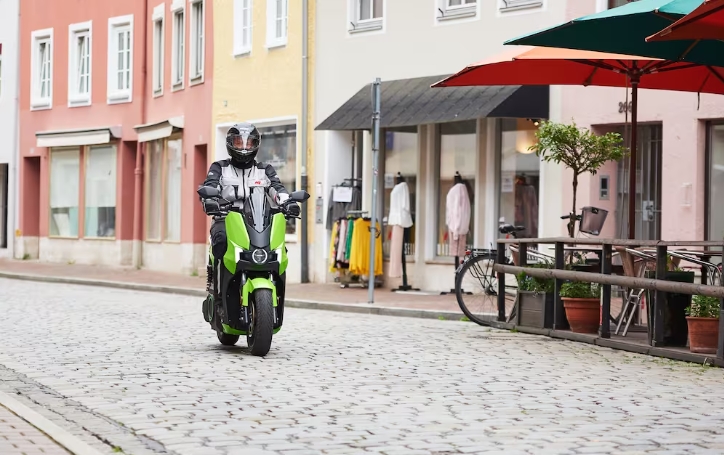
This is because, despite the massive growth of electric drives in the car market, they only make up a small fraction of new registrations in the motorcycle market. In 2022, out of the 229,403 new cars registered, 17.7% had a purely electric drive, which is an increase of around 4.5% compared to the previous year. However, only 1.6% of newly registered motorcycles were electric.
The urban two-wheeler is going electric
For the past fifteen years, electric drives have been gradually penetrating the car industry, but they are still in their early stages in the two-wheeler market. Electric scooters are already being used in urban areas with short distances and low speeds, where range and performance are of minor importance. The products offered by suppliers from Japan, China, and Europe are already diverse. Delivery vehicles from manufacturers such as Kyburz and Vengo have been a common sight in suburban areas for a long time. With small, replaceable batteries that can be charged at external charging stations, long charging breaks are not necessary.
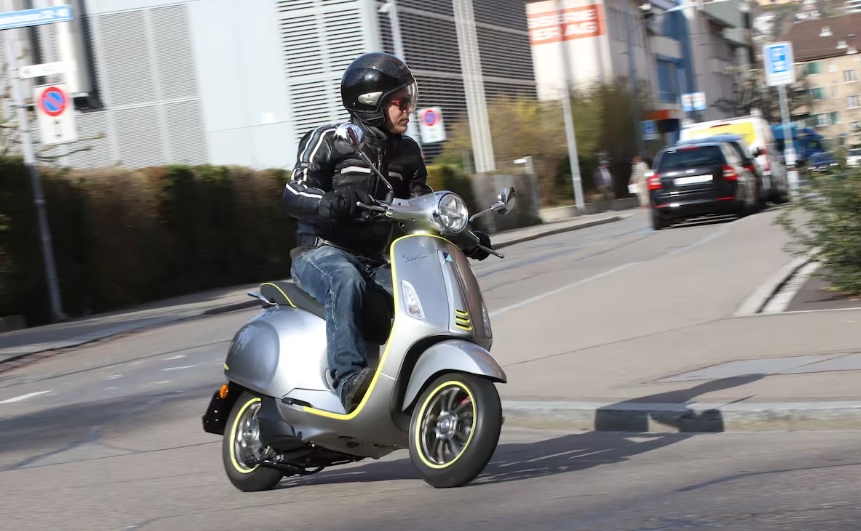
In 2022, electrically powered scooters already accounted for 15.7 percent of the Swiss scooter market, with 2835 units sold. This marks a substantial increase of 61 percent compared to the previous year. Despite being more expensive and offering less range than petrol-powered scooters, e-scooters that can reach up to 45 km/h can cover between 70 and 100 kilometers on one battery charge in urban environments.
A motorcycle is not the same as a car
Electric drives are not yet very common in motorcycles. While some drivers prefer the sound and driving feel of a combustion engine, others may have range anxiety with electric motorcycles. However, the biggest obstacle is technical: due to the motorcycle’s design, there is less space available for a battery compared to a car. Additionally, the weight of the battery is another challenge to consider.
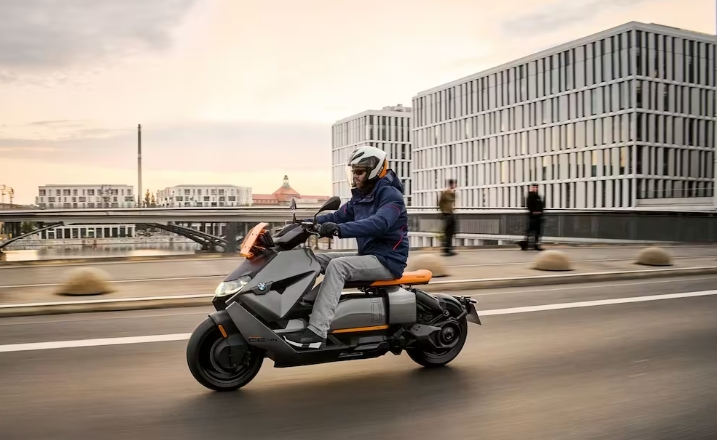
Motorcycle drivers face several obstacles to adopting electric drives.
- Firstly, personal preferences may play a role as some drivers prefer the sound and feel of a combustion engine. However, a more significant obstacle is the technical limitations of motorcycles, which offer less space for a battery and are challenged by the weight of the battery.
- Additionally, the charging infrastructure for motorcycles is different from that of cars, as motorcycles are often used for leisure activities in remote areas where charging stations are scarce.
- The range is also important for weekend trips and mountain pass tours, and while top e-bike models like the Harley Davidson LiveWire or Verge TS offer a range of 150-300 kilometers on paper, they quickly drop to 100 kilometers or less in real-world conditions.
Small batteries, large memory
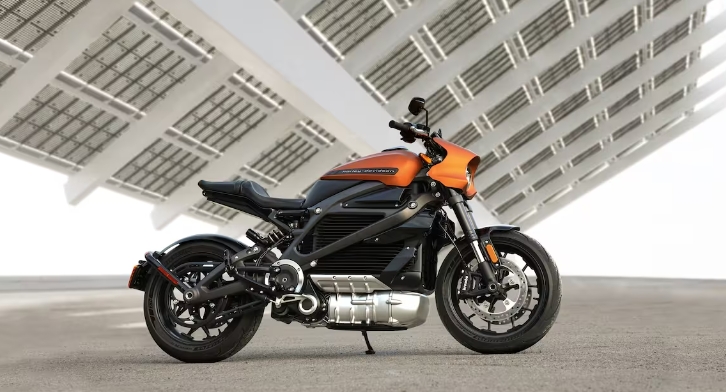
Currently, the lack of appealing electric motorcycles is due to the limited range they offer, which only attracts a narrow customer base. These vehicles are suitable for daily commutes, but not for extended trips in the Swiss mountains. Additionally, the high prices make them accessible only to wealthier customers. A possible solution to this issue could be the implementation of a battery changing system. However, for this to work, manufacturers would need to agree on a common plug standard.
Small and lightweight batteries with optimized recuperation capabilities are already being developed by companies such as E.Battery Systems in Wolfurt, Austria. These batteries can recover a significant amount of energy when braking, which extends the range of electric motorcycles to about 150 kilometers in city traffic with constant stop-and-go. However, this does not solve the problem of driving continuously over long distances. Only when more efficient, lightweight batteries that take up less space are available, will motorcyclists be more willing to switch to electric motorcycles on a larger scale.
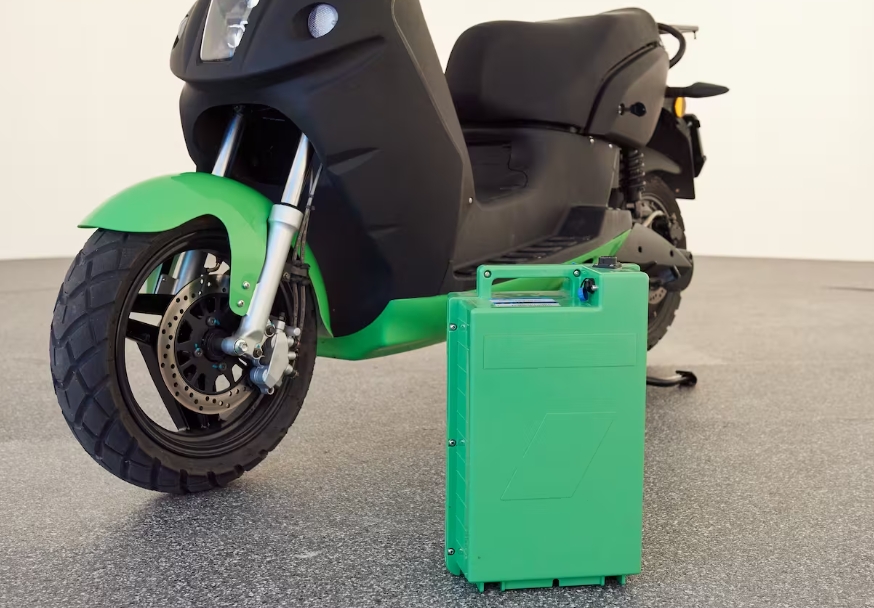
As of now, motorcycle manufacturers seem to have more time to adapt to the electric drive than the car industry since the recently passed combustion ban by the European Union for 2035 doesn’t include motorcycles in its legal text.

